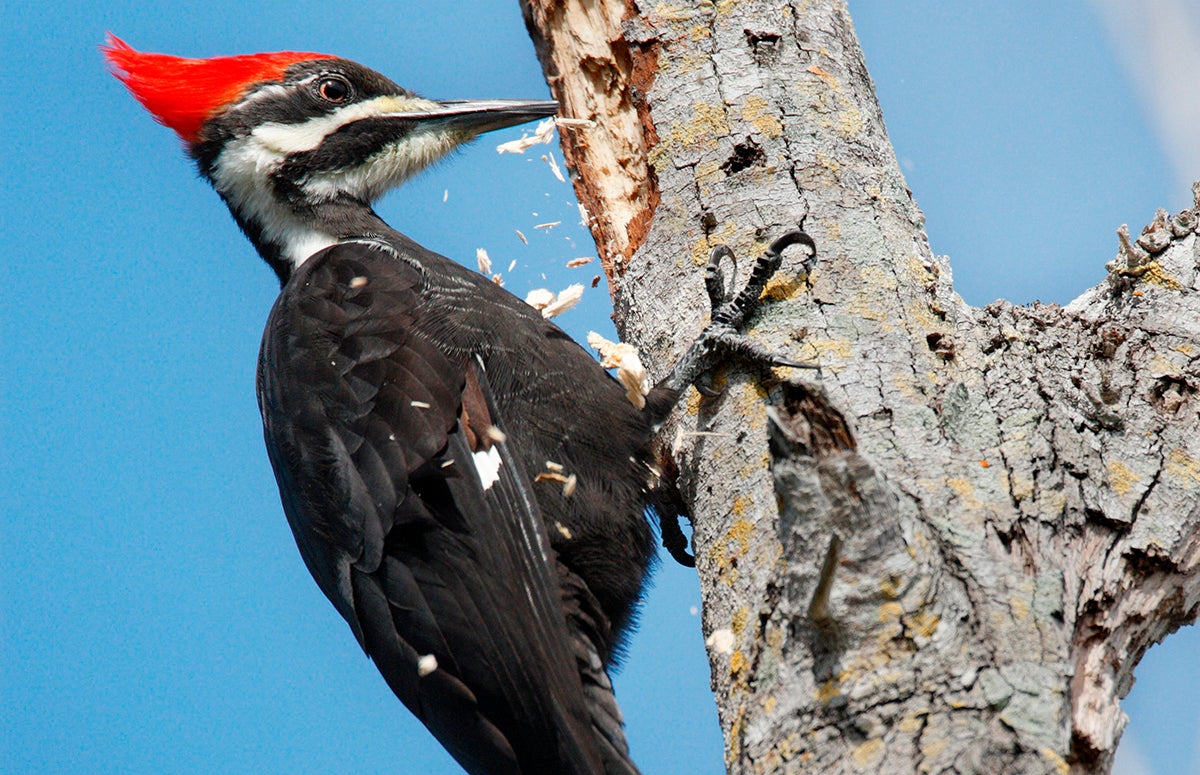Discover the Fascinating Globe of Woodpeckers: Whatever You Need to Know
The globe of woodpeckers is a realm loaded with distinct actions, intricate adjustments, and a varied range of types. From their environments and distribution patterns to their feeding routines and specialized physiological functions, woodpeckers have actually long captivated the rate of interest of ornithologists and nature enthusiasts alike.
Woodpecker Habitats and Distribution
Woodpeckers live in a diverse variety of environments worldwide, showcasing versatility in their distribution patterns. These durable birds are located in woodlands, woodlands, savannas, and deserts across different continents, demonstrating their capability to prosper in various weather conditions. In North America, as an example, woodpeckers can be identified in both coniferous and deciduous woodlands, using their solid beaks to forage for pests and develop nesting dental caries in trees. Similarly, in Africa, specific woodpecker types have adjusted to arid environments, such as the acacia woodlands, where they play an essential role in controlling insect populations.
)
Feeding Behaviors and Diet Regimen
Amongst the numerous facets of their actions, woodpeckers show distinctive feeding habits and dietary choices. These birds are primarily insectivores, with a diet that consists of ants, beetles, caterpillars, and various other pests located in trees. Woodpeckers utilize their solid beaks to pierce into the bark of trees, probing for insects and larvae hidden beneath the surface area. In enhancement to pests, woodpeckers additionally take in nuts, seeds, fruits, and sap. Some types have specialized tongues with barbed tips that help them extract pests from holes in timber.
Woodpeckers are recognized for their drumming habits, which serves not only to connect with various other woodpeckers however also to situate food. The quick drumming noise is created by the bird pecking on powerful surface areas like dead trees or metal posts. This habits can bring in insects hidden in the timber, enabling the woodpecker to find their existence and feed on them.
One-of-a-kind Adaptations for Tree Climbing
In their adept pursuit of bugs hidden within tree bark, woodpeckers have actually advanced impressive anatomical features that furnish them with one-of-a-kind adaptations for efficient tree climbing. Woodpeckers have strong neck muscle mass and a special skull framework that take in the effect of consistent pecking, permitting them to climb up up and down without creating injury to their minds. These adjustments display the unbelievable transformative layout that makes it possible for woodpeckers to browse trees with look at here now accuracy and performance.
Diverse Woodpecker Variety Worldwide
With over 200 various types spread out across numerous environments worldwide, the family members of Picidae incorporates a remarkable diversity of woodpeckers. These birds webpage can be located in woodlands, timberlands, savannas, and also metropolitan areas, showcasing their adaptability to various settings. From the famous Northern Flicker in The United States And copyright to the vibrant and elusive Crimson-backed Flameback in Asia, each woodpecker species shows one-of-a-kind features in terms of quill, behavior, and environment choice.
Woodpeckers vary greatly in dimension, with the petite Downy Woodpecker determining around 6-7 inches in length, while the effective Lineated Woodpecker can get to up to 17 inches - Woodpeckers in Florida. Their beaks also come in various shapes and sizes, mirroring their feeding routines. Some species specialize in removing bugs from tree bark, like the Acorn Woodpecker, while others, such as the Black-cheeked Woodpecker, feed upon fruits and seeds

Preservation Initiatives and Challenges
Preservation initiatives for woodpecker populations are vital in minimizing the impact of habitat loss and other risks dealing with these varied bird varieties. Woodpeckers encounter numerous obstacles to their survival, primarily due to deforestation, urbanization, climate modification, and invasive types. To attend to these concerns, preservation initiatives concentrate on shielding and recovering woodpecker environments, applying lasting forestry techniques, and elevating recognition concerning the relevance of these birds in ecosystems.
One substantial challenge in woodpecker preservation is the fragmentation of their environments, causing separated populaces that are a lot more prone to extinction - Woodpeckers in Florida. Guardians work to create wildlife corridors and protected locations that link these fragmented habitats, allowing woodpeckers to move in between various locations for you can check here feeding, reproducing, and shelter

Final Thought
In final thought, woodpeckers are interesting birds with distinct adaptations for tree climbing and feeding behaviors. More study and preservation actions are needed to ensure the survival of woodpeckers in the wild.
Comments on “Native Woodpeckers in Florida: A Guide to Variety and Behaviors”